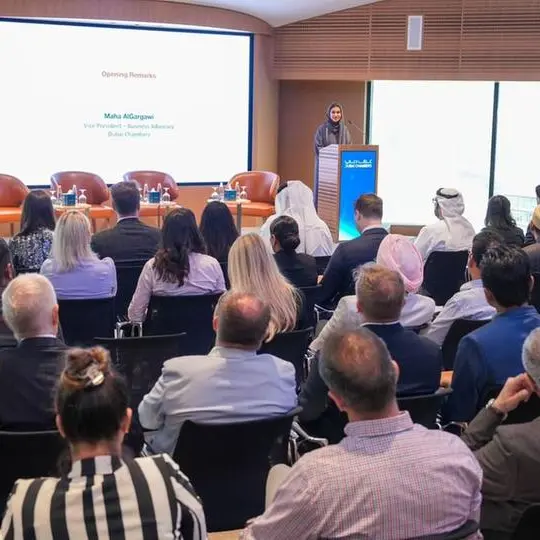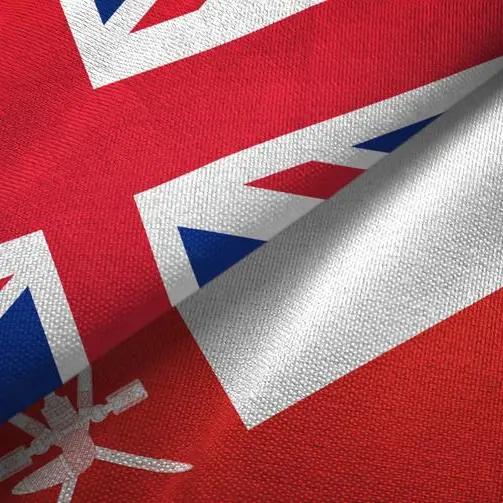PHOTO
Central Bank of the UAE (CBUAE). Image Courtesy: WAM
Central banks in the GCC slashed interest rates by 25bps after the US federal reserve announced its second interest rate cut this year, trimming its benchmark rate by 25bps as inflation cooled and hovers just above the target of a 2% annual rate.
The US Fed on Thursday night lowered the federal funds rate to a range of 4.5% to 4.75% from its current 4.75% to 5% level. The Gulf states usually follow the Fed's lead on rate moves as most regional currencies are pegged to the US dollar.
"Lower rates in the GCC could fuel growth in sectors sensitive to credit conditions, such as real estate and domestic spending, enhancing resilience in the broader economy," Vijay Valecha, Chief Investment Officer at Century Financial said.
The Saudi Central Bank (SAMA) reduced its repurchase agreement (Repo) rate and reverse repo rate by 25 bps each to 5.25% and 4.75%.
The Central Bank of the UAE (CBUAE) decided to cut the base rate applicable to the Overnight Deposit Facility (ODF) by 25 basis points, from 4.90% to 4.65%, effective from Friday, November 08.
The CBUAE has also decided to maintain the interest rate applicable to borrowing short-term liquidity from the CBUAE at 50 basis points above the Base Rate for all standing credit facilities.
The Central Bank of Bahrain (CBB) said it will cut the overnight deposit rate by 25 basis points from 5.50% to 5.25%, effective from Sunday, November 10.
The Qatar Central Bank (QCB) also decided to reduce the current interest rates for the QCB deposit rate, QCB lending rate and QCB repo rate, effective from Sunday, November 10.
The deposit rate was reduced by 30bps to 4.90%, QCB lending rate was reduced by 30bps to 5.40% and QCB repo rate by 30bps to 5.15%.
Fed may approach further cuts cautiously as it seeks to balance inflation control with sustained economic expansion.
If Donald Trump’s tax and spending proposals come to fruition, it would likely stoke inflation and dampen Fed’s effort to control inflation. Higher inflation in the US would imply a less dovish/hawkish stance from the Fed next year, and since the GCC currencies are pegged to the dollar, a hawkish move from the Fed would mean the same in the GCC as well, Valecha said.
"Higher interest rates are typically negative for economic growth, but the UAE, due to its strong demographics, strategic location, diversification, and thriving tourism, is better positioned to absorb higher rates than other major economies. Besides, such a move would bode well for the banking sector, as they would benefit from higher interest margins," he added.
According to the CME Fed watch tool, currently, there is a 70% probability of another 25 basis-point cut in December, down from 85% a month ago. Meanwhile, markets are projecting a total 100-basis point cut by the end of 2025, i.e., Benchmark Fed fund rate of 3.75%-4.00% by December 2025.
(Reporting by Seban Scaria; editing by Daniel Luiz)
(seban.scaria@lseg.com)





















